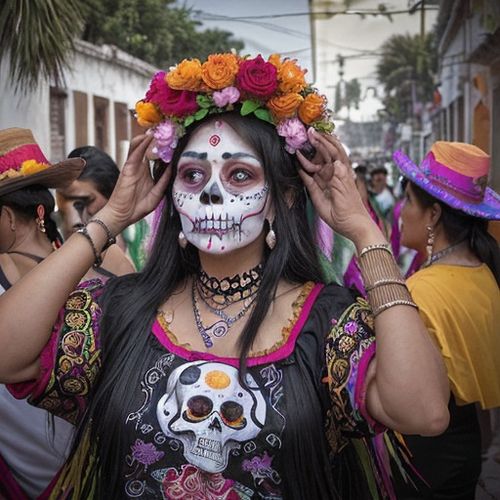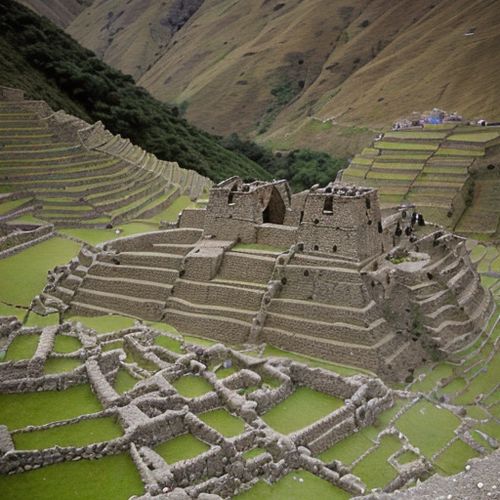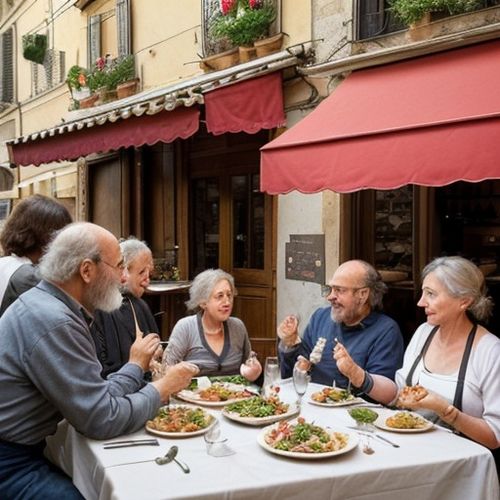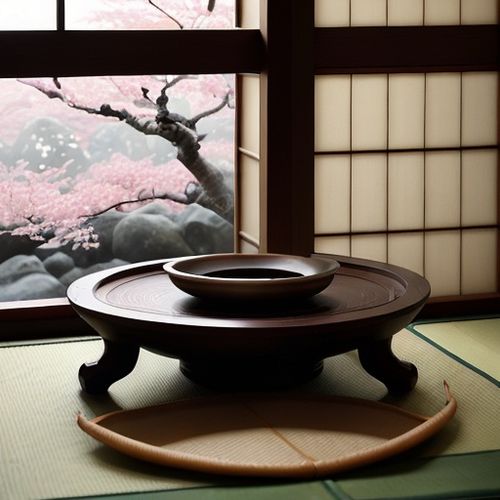In the quiet alcoves of Kyoto’s ancient tea houses, where the scent of tatami mats mingles with the steam of freshly whisked matcha, a ritual unfolds—one that has remained largely unchanged for centuries. Japanese tea ceremony, or chanoyu, is far more than a method of preparing and drinking tea. It is a choreographed meditation, a philosophy, and a window into Japan’s cultural soul. Every movement, from the folding of the silk cloth to the angle at which the bowl is presented, carries the weight of a thousand years of tradition, distilled into a single, deliberate act.
The origins of chanoyu trace back to the 9th century, when Buddhist monks returning from China brought not only tea leaves but also the contemplative practices surrounding its consumption. Over time, these rituals evolved under the influence of Zen Buddhism, merging with Japan’s indigenous aesthetics to form what we now recognize as the tea ceremony. By the 16th century, the legendary tea master Sen no Rikyū had codified the principles of wabi-sabi—the beauty of imperfection and transience—into the practice, transforming it into an art form that celebrated humility, simplicity, and the fleeting nature of existence.
To the uninitiated, the tea ceremony might appear as a series of meticulous, almost theatrical gestures. But each action is imbued with meaning. The host’s careful purification of utensils symbolizes the shedding of worldly distractions. The deliberate asymmetry of the tea room’s architecture reflects the Zen acceptance of imbalance. Even the silence between sips is intentional, a space for guests to reflect on the interconnectedness of their surroundings. As the tea master Urasenke once noted, “The way of tea is not about drinking tea, but about the cultivation of the heart.”
Central to the ceremony is the concept of ichigo ichie—literally “one time, one meeting.” This philosophy, often translated as “treasuring the unrepeatable nature of a moment,” permeates every aspect of chanoyu. The gathering of host and guests is understood as a singular event that will never recur in precisely the same way. This awareness infuses even the most mundane actions with profound significance, turning the act of sharing tea into a sacred communion.
The tools of the ceremony are themselves objects of reverence. The chawan (tea bowl), often handcrafted by renowned artisans, may bear deliberate cracks or irregularities as reminders of wabi-sabi. The bamboo whisk, the lacquered tea caddy, even the charcoal used to heat the water—each item is selected with exacting care, its history and imperfections honored as part of the experience. Collectively, they form a microcosm of the natural world, inviting participants to contemplate harmony amid artifice.
Modern Japan may hurtle forward with bullet trains and neon-lit cities, but the tea ceremony endures as a counterbalance—a deliberate slowing down. In corporate boardrooms, young executives study temae (tea procedures) to cultivate patience and attention to detail. In universities, foreign students kneel on tatami to grasp the nuances of nonverbal communication. The ceremony’s emphasis on mutual respect and presence feels increasingly vital in an age of digital distraction. As one Tokyo tea practitioner remarked, “When you hold a bowl that has survived wars and earthquakes, your smartphone troubles seem very small.”
Yet the tea ceremony is not frozen in time. Contemporary tea masters experiment with new interpretations—pairing matcha with avant-garde sweets, hosting ceremonies in urban lofts, or incorporating elements from other cultures. What remains constant is the core ethos: that within the ritual’s constraints lies boundless freedom for mindfulness. In a single bowl of frothy green tea, one tastes not just the vegetal bitterness of powdered leaves, but the very essence of Japanese thought—where every gesture whispers of eternity, and every meeting is an unrepeatable poem.

By /May 11, 2025

By /May 11, 2025

By /May 11, 2025

By /May 11, 2025

By /May 11, 2025

By /May 11, 2025

By /May 11, 2025

By /May 11, 2025

By /May 11, 2025

By /May 11, 2025

By /May 11, 2025

By /May 11, 2025

By /May 11, 2025

By /May 11, 2025

By /May 11, 2025

By /May 11, 2025

By /May 11, 2025

By /May 11, 2025

By /May 11, 2025

By /May 11, 2025